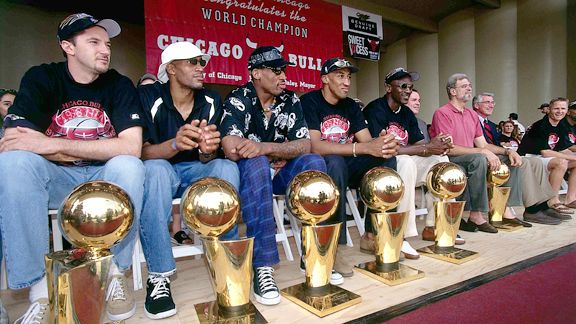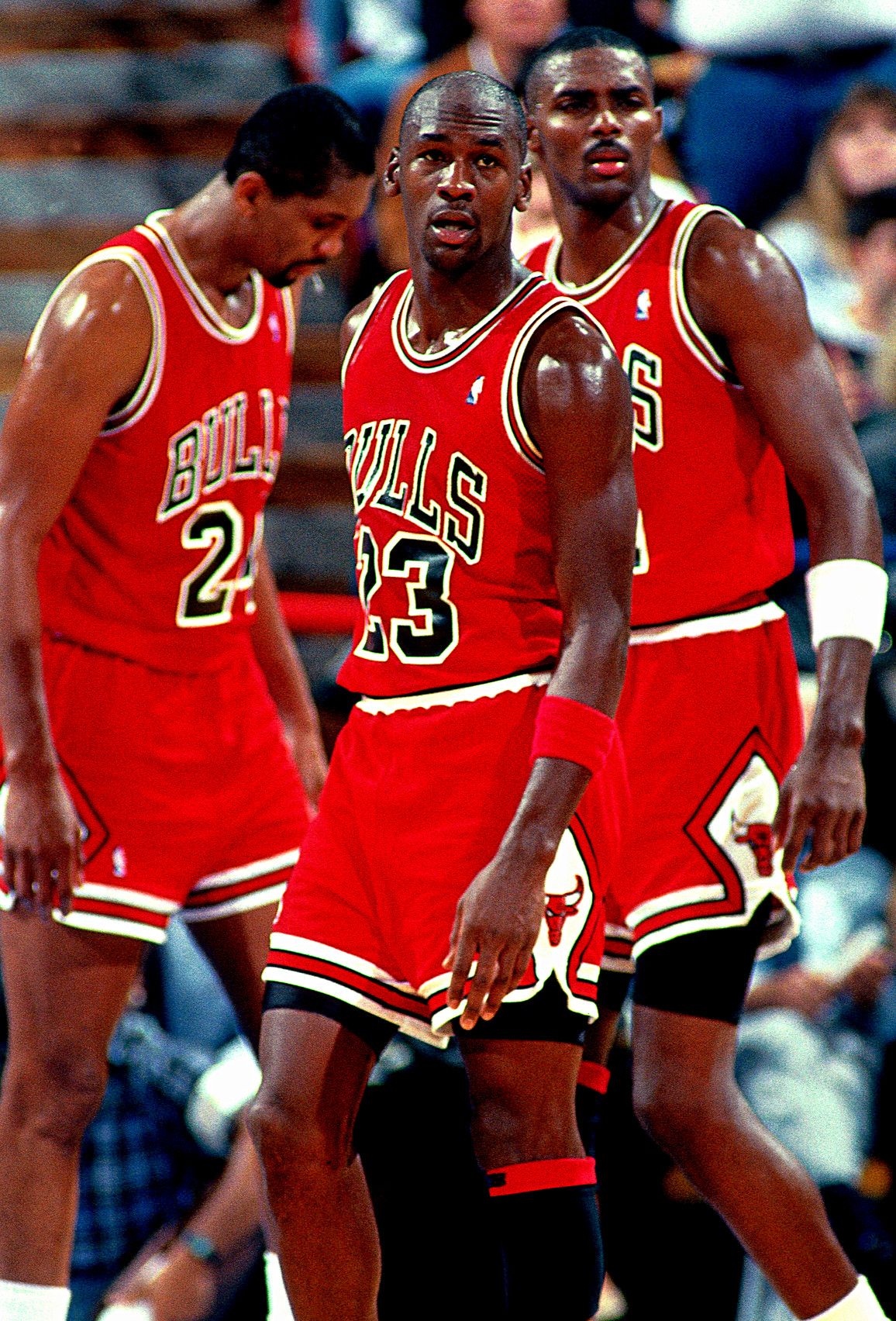by: Chuck Swoboda, Forbes Magazine, 29 May 2020
(Chuck Swoboda is an innovator, author, business advisor and podcast host who is an authority on leadership and innovation. He is is the Innovator-in-Residence at Marquette University, President of Cape Point Advisors, and the retired Chairman and CEO of Cree, Inc. This article is one of many contemporary write-ups that are able to corelate core characteristics of sports heroes with sound business practices and current trends.)
Play to win.
It’s a mindset used by many successful business leaders, including A.G. Lafley, who led consumer goods giant Procter & Gamble (P&G) from 2000 to 2010 and again from 2013 to 2015. In Lafley’s bestselling book with Roger Martin, Playing to Win, he explains how he applied his own play-to-win strategy over a 10-year period to double P&G’s sales, quadruple its profits and increase its market value by more than $100 billion.

Sounds good, right? But while playing to win seems like an obviously smart approach, a lot of organizations struggle to embrace the concept.
Now, ESPN provides a riveting reminder of what “play to win” looks like in their 10-part docuseries “The Last Dance”—an in-depth look at Michael Jordan and the Chicago Bulls, one of the NBA’s greatest dynasties, through the lens of the final championship season in 1997–98.
The series—which concluded with record ratings on ESPN earlier this month and will premiere on Netflix in the U.S. on July 19—covers many aspects of what made Jordan and the Bulls so successful. (They won six NBA championships between 1991 and 1998 with two three-peats.) But no one aspect stands out more than Jordan’s will to win.
Inarguably, Jordan was the Bulls’ most valuable player during those championship years. But he couldn’t do it alone. Basketball, like business, requires teams to make critical decisions in real time, constantly reacting to new, often momentary challenges and opportunities. And while it rewards teamwork, it also exposes a lack thereof.
Jordan’s “harsh reputation” was well chronicled throughout his career, and it’s on full display in Episodes 7 and 8 of The Last Dance. “Winning has a price,” says Jordan. “And leadership has a price. So I pulled people along when they didn’t want to be pulled. I challenged people when they didn’t want to be challenged. And I earned that right because [other] teammates came after me. They didn’t endure all the things that I endured. Once you joined the team, you lived at a certain standard that I played the game. And I wasn’t going to take anything less.”
It’s clear that Jordan wanted teammates that had his very same will to win. “You’re playing with a guy that has the highest standards of any basketball player ever,” says Scott Burrell, a UConn alum and a young teammate during Jordan’s final season with the Bulls in 1997–98, in The Last Dance. “You want to live up to that challenge. It’s tough. Tough love. You’ve got to go out there and do your job. . . Each and every day, he’s going to push you and push you to try and get you where he is, but I’m not sure he knows that only he can achieve those goals. But he can push other guys to try to get there, though.”

In business, to succeed—let alone be the best—companies need teams that think the same way as Jordan. They need players that aren’t afraid of being pushed and challenged, and that don’t back down when the going gets tough.
But while everyone may want to win, not everyone is willing to go all in—to do whatever it takes to get there. And that means business leaders must be able to discern who is—and isn’t—willing to play to win.
Want to build your own championship team? Look to Jordan for inspiration and start with these three strategies.
1. Play a game—literally.
Jordan once said: “I play to win, whether during practice or a real game. And I will not let anything get in the way of me and my competitive enthusiasm to win.”
No doubt, that mindset led to Jordan and the Bulls’ legendary success. But it also serves as a powerful reminder as to what’s possible when you build a team that plays to win. And that includes doing the grueling work and making all the sacrifices that it takes to get to the goal.
So before bringing someone on to your team, play a game with them. Literally. It can be pickup basketball, a round of golf, a chess match, a crossword puzzle or whatever else fits the bill. The goal? Simple: To see if they play to win.
2. Look for the “love of the game.”
When Jordan signed his first professional contract, it came with a unique clause allowing participation in competitive off-season pickup games. In essence, the clause consented to Jordan’s “Love of the Game”—a desire to play anywhere, anytime—regardless of potential liability.
In business, as in sports and other fields, the most successful teams are built with people who have a love of the game. Like Jordan, they revel in competing, and absolutely nothing can distract them. Their eyes are on the prize. And that doesn’t mean fame or glory, but instead, the burning desire to play—and win.
So how can you tell if a prospect is driven by the love of the game over everything else? One way is to see how important a job title is to their success by suggesting you may eliminate it. If they squirm or even object, then you’ve got your answer. They value a title over the chance to play and win.
3. Check for fear of failure.
“I’ve missed more than 9,000 shots in my career. I’ve lost almost 300 games. [Twenty-six] times, I’ve been trusted to take the game-winning shot and missed. I’ve failed over and over and over again in my life. And that is why I succeed.”
That may be one of Jordan’s most-quoted quotes. It also shows that he was unafraid of failure—yet unwilling to fail.
How many people are truly prepared to lose in order to ultimately achieve success? Not many. In my experience as both an innovator and business leader, most people aren’t willing to take the risk. Starting in childhood, they’ve been taught that failure is something to be avoided at all costs. And, ironically, that decreases their chances of winning. (“My mentality was to go out and win at any cost,” says Jordan in The Last Dance.)
So to determine if a prospect isn’t afraid to lose, ask them to tell you about a few of their biggest failures and to explain what they learned. Then ask them to describe how they’d do things differently if and when given the chance. If they say they’ve never really failed or show signs that they’re uncomfortable even talking about failing, there’s a good chance they’re not willing to risk failure to win.






To learn more about how to build a team that plays to win, The Last Dance, with its exhilarating insider’s view of Michael Jordan and the 1997–98 Chicago Bulls, is the best new place for business leaders to turn. In fact, some (including me) might even say it’s must-see TV.
(For more co-relation between basketball and business, please read: Golden State’s Small Ball in Business.)
Cover photo courtesy of Essentially Sports. Other pics courtesy of: Pinterest, Twitter, Oldskoolbbal.com, Air Jordan, and Deseret News. Click on the pics for a closer look.

Excellent post and application of The Last Dance to the business world. As a fan of the Indiana Pacers in the 90s, I’m not too fond of the Bulls but respect Jordan’s talent. The 7th game of the ’98 Eastern Conference Finals remains an unpleasant memory. Jordan was very successful with his style. What we don’t know is could he have been as or perhaps even more successful with a different style.
LikeLiked by 3 people
i believe the triangle offense imposed on him ultimately helped him maximize his career. the triangle may have earned him fewer points with more ball touches for the other guys, but it made them a more complete team, and put lesser pressure on him. i think in this case, lesser was better for him. phil knew how to work this team to the hilt.
LikeLiked by 1 person
an inspirational piece in any field; thank you, and very well written 🙂
LikeLiked by 3 people
thanks, john! it’s actually a piece written by chuck swoboda for forbes mag. but yes, there really are so many similarities to sports principles and life itself.
LikeLiked by 1 person
bonjour, comment vas tu? merci de ta visite sur mon blog. je passerai aussi avec plaisir. passe un bon jeudi et à bientôt!
LikeLike
faire face à cette pandémie. je reste à la maison et manque les beaux paysages du monde. veuillez rester en sécurité.
LikeLike